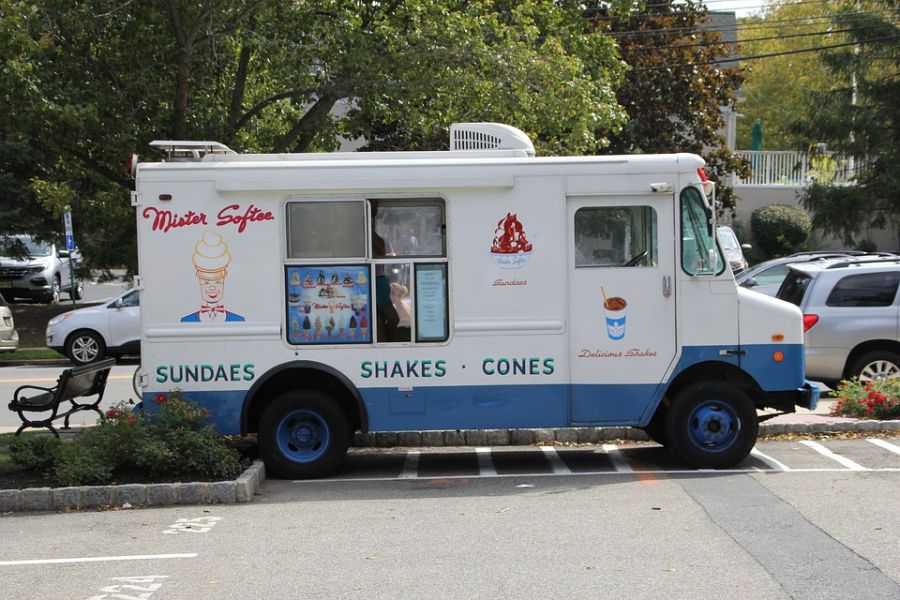Mobile Showroom helps to provide customers with the ability to experience the brand, products, or services as if they have visited the physical store.
The perks of mobile showrooms
They can:
- Increase awareness of the brand.
- Enable interactive experiences.
- Make demonstrations relevant and visually appealing.
- Holding demos is shorter, more comfortable, and cheaper with mobile showrooms.
- Create interactions that go beyond email marketing, word of mouth, or other interactive methods.
- Provide marketing inspiration for campaigns, products, or services.
Read this article till the end to know how to create mobile showrooms for your stores.
While mobile showrooms are no longer limited to cold retail operations, they are becoming more recognized as a marketing tool in the beauty and food industry.
Visit more info at foodtruckpromotions.com/mobile-showrooms.
According to a 2012 survey by Millennial Branding, a global brand consultancy, 59% of women aged 25-34 using the internet for online shopping; 35% of women use social media more often now than five years ago.
Because of the types of products the millennial generation is exposed to, a mobile showroom can provide consumers the ability to experience the brand, product, or services as if they visited a physical storefront.
Many of the businesses who are using mobile showrooms do so as an experiential marketing tool to increase their branding, draw attention to the brand, and demonstrate brand experience of some sort.
Why Do Brands Use Mobile Showroom?
The premise behind using mobile showrooms is straightforward.
Create and hold mobile exhibits at business owners and locations where prospects or consumers might be looking.
By having these mobile displays active 24 hours a day, 7 days a week, and across different geographical locations, brands can offer a unique and exciting experience paired with their business model.
Once a prospect views a mobile exhibit, they can inquire further about the business, product, or service by choice and may, therefore, be more inclined to visit other locations of the brand and purchase the item or service.
When used effectively, mobile showroom displays can help generate a positive relationship with an audience. The branded experiences seen can bond both the brand and a prospect, be visible to other interested customers, and return routine customer and brand needs.
Furthermore, mobile exhibit formats can provide further service validation by establishing retail campaign goals and insights.
A brand shows potential customers that the business is high-quality and competes with other retailers for its desired retail action.
Things to Keep in Mind
Low-cost mobile showrooms help brands move quickly in the acquisition economy, but to succeed, they need to keep their costs and expenses low and their shopper acquisition rate high.
Making sure costs don’t impede a brand’s ability to execute marketing and merchandising campaigns is a critical part of developing a mobile showroom strategy.
Light advertising spending and research of traditional formats are the most effective marketing options for generating a mobile showroom.
Light advertising is an affordable way to promote a business’ products, services, and image in mainstream media.
Larger newspaper ad budgets are most adaptive to high volumes of consumers each day, yet their total cost per printed page is also much higher.
Considering the low cost of light advertising, the more effective way to use a low-volume limited inventory toward a mobile exhibit should be to trade it to light ads that occur in more highly trafficked areas (a block or more, or in the daily newspapers).
After building your newsstand inventory with a mobile exhibit, go with full-page adverts in larger-diameter, national newspaper adverts, offering personal value to the reader while spacing the display time duration. This will ensure that the ad still has somewhere in the target audience of the type of customer contacting the brand.
Although having a store’s retail showroom present it as an actual shopping experience may be a profitable strategy, it is not enough. The mobile exhibit needs to reflect the brand for a prospective customer’s experience to be engaged.
For example, instead of showing mobile displays during a peroxide machine demonstration, hold samples in the showcase until they decide which brand to support and purchase.
On the other hand, if the team plans to use demonstrations of fragrance or makeup products alone, take certain precautions.
First of all, make sure the demonstration can generate shows and sales instead of just showing up and watching. Secondly, if they plan to use an interactive demonstration approach instead of a world of perception, make sure the demonstrations operate under live user’s controls.
While users can interact with the product on the screen, they will also have to do with pricing, shipping, and other aspects.
Likewise, merchandising teams should take advantage of this opportunity to sell member benefits to the prospects that have no immediate need to purchase while interacting with the brand and establishing business relationships.
Thank you for reading!

